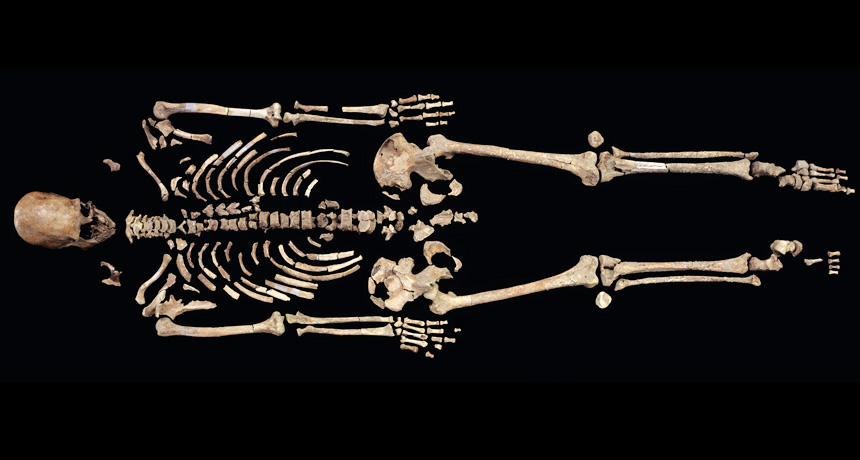Kennewick Man’s bones reveal his diet
Ancient resident of the Pacific Northwest ate from a seafood menu

MARINE MAN New chemical analyses of Kennewick Man’s left shin bone (the larger bone in his lower left leg) indicate that this ancient resident of the Pacific Northwest almost exclusively ate seafood.
Chip Clark/Smithsonian Institution







